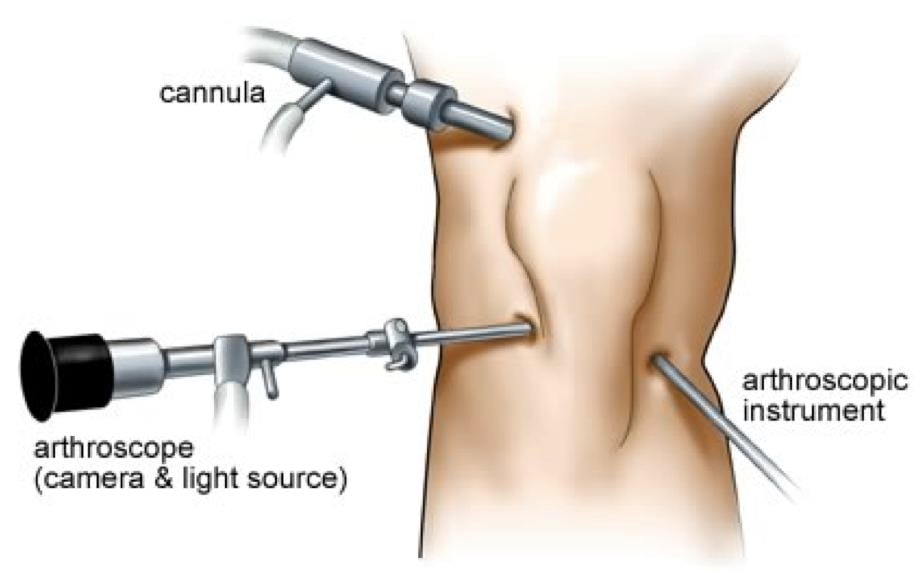Knee osteoarthritis and arthroscopy- Friends or foes?
This week whilst perusing facebook I came across a story regarding the use of knee arthroscopies for Osteoarthritis. Here is a snippet from the story:
“Her first surgeon booked her in for arthroscopic knee surgery, but it had to be postponed because of a cancer diagnosis in the family. She never went ahead with it and says it's one of the best decisions she's ever made.”
Pretty powerful stuff! (Click here to read the full article)
For those who have visited an orthopaedic surgeon for their knee osteoarthritis, an arthroscopy may have been mentioned as an option.
So when would I as a physio recommend a procedure like this?
Before we dive in to the nitty gritty, let's first go through what an arthroscopy is.
An arthroscopy is any surgery that is done using an “arthroscope”, which is a fibre optic camera inserted through a small (less than 1cm) incision. Other tools may then be inserted through other ports to complete the procedure. Therefore arthroscopies can be performed on almost any joint or area. They are popular as they avoid the need to perform a fully open operation- which poses more risks and an often longer recovery.

For knee Osteoarthritis the arthroscopy has been used in the past with the idea of “cleaning up” the knee joint. This may involve washing out the joint, removing loose bodies and cleaning up the surfaces or meniscus.
Now this sounds like a reasonable idea, right?
Go in and clean up all the rough edges and make everything look nice and pretty? Well research over the last 15 plus years has challenged this idea.
Ever increasing evidence on these procedures has labelled them as “at best a placebo”. This isn’t including the known and obvious negatives- the cost of the surgery, time spent in hospital, the subsequent rehabilitation and the numerous health risks involved with undergoing such a procedure. Due to the removal of meniscus tissue (a cushion like structure in the knee) in these surgeries there is also thoughts and growing study into the idea that this speeds up the degeneration of the knee and may cause earlier knee replacement in some patients.
Click here to access an article which breaks down the main treatments for this area.
Why then has medical practice taken so long to catch up? Unfortunately old habits are hard to break and the arthroscopy had benefited from years of mis-informed usage for osteoarthritis. This change has been boosted by the constantly changing body of research in this area.
So if arthroscopy isn’t the answer- how should you be tackling your knee osteoarthritis? The best current evidence (and even the lady in the above story) suggest the biggest factors in recovery from Osteoarthritis comes down to two main areas
1. Weight loss/ management
2. Strength, flexibility and aerobic exercise.
Of course this doesn’t mean knee arthroscopies are never a good idea- in some cases they can be indicated. For example ACL reconstructions are completed arthroscopically. It’s important that you consult your own team of health professionals to decide the best options for yourself. Surgery of any nature remains a personal decision influenced by many factors!
Hopefully this provides you with some food for thought if you or someone you know is struggling with knee osteoarthritis.
Click below to check out the full Osteoarthritis checklist- a comprehensive list of treatment options and what the research shows for each one! Knee Arthroscopy sits at #11 in the “not avocated” section.


